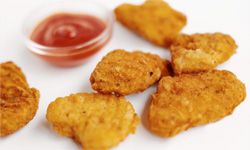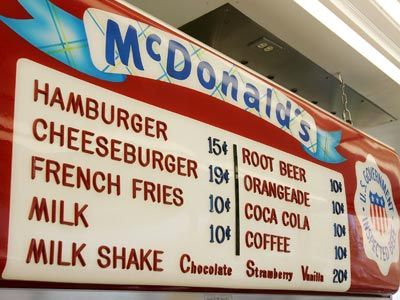Order a meal in any fast-food restaurant, and you'll likely walk away with a sandwich, fries and a drink. If you had to identify the ingredients of this meal, you might list beef (or chicken), lettuce, tomato, cheese, ketchup, bread, potatoes and soda. Not complicated, right? Wrong.
Burger and chicken joints don't think of the building blocks of a menu item as ingredients. They think of them as components, which are made of ingredients. For example, McDonald's famous Big Mac jingle -- "two all beef patties, special sauce, lettuce, cheese, pickles, onions on a sesame seed bun" -- suggests the sandwich has seven components. Would you believe it has 67 ingredients?
Advertisement
Clearly, fast food is more complicated than it looks. Many menu items contain processed foods, which have been modified from their natural state for safety or convenience. Processed foods tend to have multiple additives to keep them fresher longer. Across an entire fast-food menu, there are thousands of ingredients, ranging from the commonplace (water) to the exotic (xanthan gum).
Considering that some of these ingredients have been implicated in serious health issues, it would be good to know which are the most common. We've set out to answer that very question. We started with menus from five popular fast-food chains -- McDonald's, Burger King, Taco Bell, KFC and Arby's -- did some tallying, then cross-matched our findings with the U.S. Food and Drug Administration's list of common food ingredients and colors. The result is the top 10 most common ingredients in fast food, organized by the type of ingredient and what it does.
Up first is the most common preservative.







